Done with trim and outside still not started is this normal
jln1980
11 years ago
Related Stories
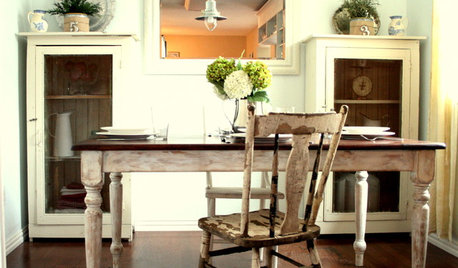
HOUZZ TOURSHouzz Tour: Making 'Normal' Beautiful for Less
Ingenuity, elbow grease and bargain hunting result in a light and lovely beach cottage style
Full Story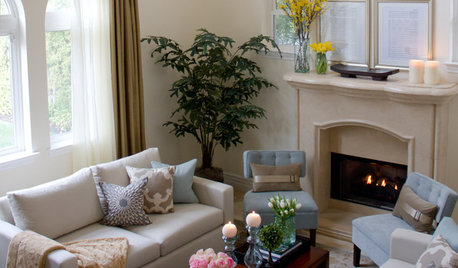
SELLING YOUR HOUSESave Money on Home Staging and Still Sell Faster
Spend only where it matters on home staging to keep money in your pocket and buyers lined up
Full Story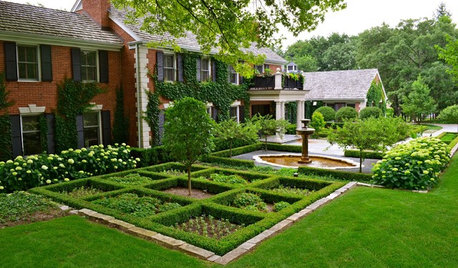
GARDENING GUIDESBoxwood: Still Shape-Shifting After 350 Years
Wild or mild, the humble boxwood still brings style and order to all kinds of gardens
Full Story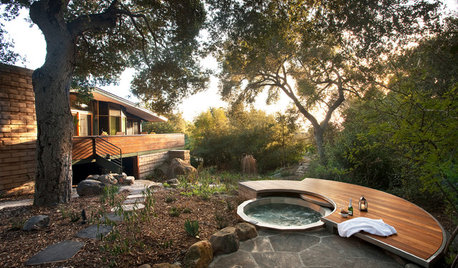
INSIDE HOUZZData Watch: Houzz Renovation Barometer Shows a Return to Normal
The majority of home renovation professionals report that business activity has returned to pre-recession levels, though challenges remain
Full Story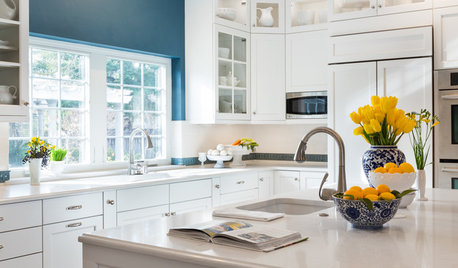
SELLING YOUR HOUSE9 Tips for Living a (Semi-)Normal Life While Your Home Is Being Shown
Preparation, routine and treats help you make the house you’re selling presentable at a moment’s notice
Full Story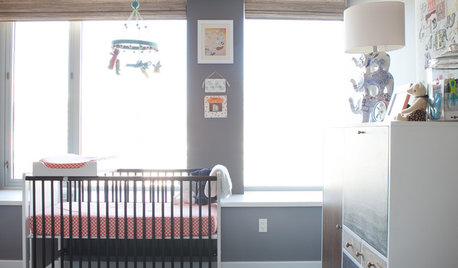
KIDS’ SPACESFresh Starts: Stripes and Style in a Flexible Nursery
This couple said no to a ton of baby gear and yes to fun and practicality
Full Story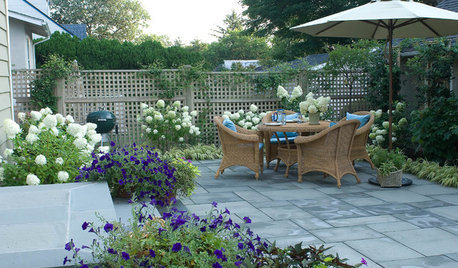
GARDENING AND LANDSCAPINGGet It Done: Clean and Prep the Patio
Haul out the hose and bid cobwebs farewell. It's time to renew your outdoor room for relaxing, dining and entertaining
Full Story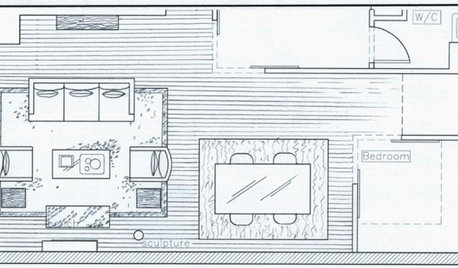
DECORATING GUIDES9 Planning Musts Before You Start a Makeover
Don’t buy even a single chair without measuring and mapping, and you’ll be sitting pretty when your new room is done
Full Story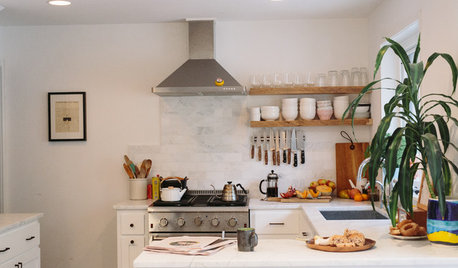
HOUZZ TOURSHouzz Tour: New Love and a Fresh Start in a Midcentury Ranch House
A Nashville couple, both interior designers, fall for a neglected 1960 home. Their renovation story has a happy ending
Full Story
FUN HOUZZ14 Things You Need to Start Doing Now for Your Spouse’s Sake
You have no idea how annoying your habits at home can be. We’re here to tell you
Full StoryMore Discussions









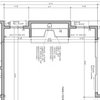
bevangel_i_h8_h0uzz
brickeyee
Related Professionals
Anchorage Architects & Building Designers · Seal Beach Architects & Building Designers · Broadlands Home Builders · Forest Hill Home Builders · Spanish Springs Home Builders · Arizona City General Contractors · Brighton General Contractors · Clarksville General Contractors · Corsicana General Contractors · Foothill Ranch General Contractors · Fort Pierce General Contractors · Gallatin General Contractors · Harvey General Contractors · Monroe General Contractors · West Whittier-Los Nietos General Contractorsbevangel_i_h8_h0uzz
brickeyee
bevangel_i_h8_h0uzz
kirkhall
jln1980Original Author
bevangel_i_h8_h0uzz
michoumonster
montel (CA US 10b/Sunset 16)